

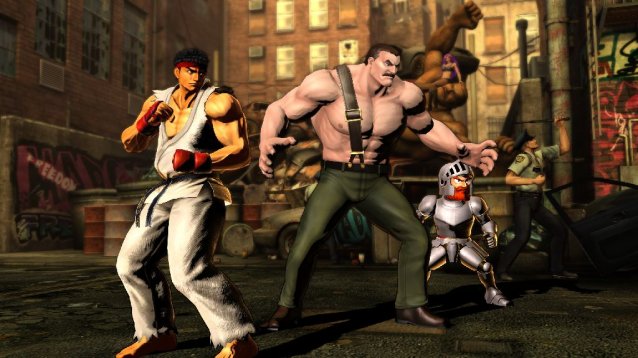
I’ve spent about fifty hours playing Ultimate Marvel vs. Capcom 3 in single-player mode. That number includes the time it took to round up all fifty character endings from the arcade mode (something I now regret and am ashamed of doing) but doesn’t include the time I spent with the original Marvel Vs. Capcom 3. I’ve spent about five hours playing it online, and maybe three hours playing it with friends locally. The rest of that fifty hours I’ve spent in the game’s training mode.
As far as fighting games go, training mode is all I really need. Even as today’s fighting games step up their single-player content relative to their predecessors (which had little for the player to do besides fight AI opponents in arcade mode), I find most of that content unnecessary. I sympathize with the desire of players to get more out of the product they bought (and the desire of companies to market to those players), but when the emphasis on creating a single-player experience out of a multiplayer game leads to Persona 4 Arena, where the story and gameplay couldn’t be more disconnected, I’d rather spend my time learning and thinking up new combos.
That’s what fighting games have become for me; combo sandboxes. Much like people who spend countless hours in Minecraft mucking around and building monuments from scratch, I’ve spent entire evenings building combos. Both work under a similar framework; you’re given a set of rules, some tools to work with, and what you do is up to you. There’s no victory or failstate in training mode -- just figure out how to do something cool.
Of course, Ultimate isn’t actually aimless. The key distinction between the makeshift sandbox of training mode and more dedicated forms of screwing around is that ostensibly, what I’m doing does have a point: the combos I’m creating are supposed to defeat an imaginary opponent. I’m all for just loitering, but paradoxically, I find myself messing around more often when I’m trying to accomplish a goal. In, say, Minecraft, most goals are self-created, but some, like creating more kinds of materials to build with, are defined by the game.
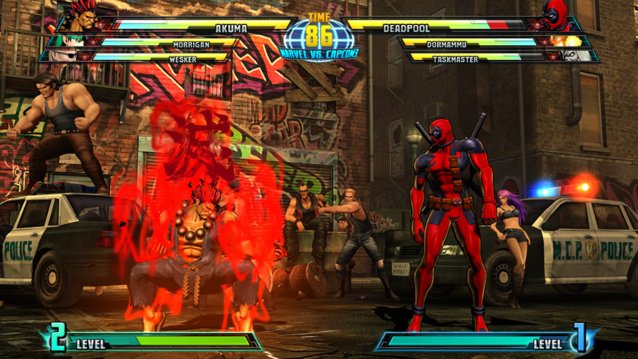
Similarly, my Ultimate training mode shenanigans are at least partially defined by the rules of the game -- that is, beating the enemy. I know how many hits a combo entails and how much damage it does, because the game keeps track of that information, making sure I keep these things in mind as I play. I still think of the game as a sandbox, but since I’m encouraged to perform certain tasks, I’m still being nudged towards a goal.
Here’s how an average session in Ultimate’s training mode goes. I pick a team made of characters I like or see potential in, then figure out what I can do with that team. My current pet project team is Wolverine, Frank West, and Dante. Frank is the only character I have any real affinity for, but my other two members work well with him; I saw a video of pro player Noel Brown pull off some cool tricks with Wolverine for leveling up Frank (his attacks become stronger and farther-reaching as he levels up through taking pictures of his combos), and want to see what I can do. Dante rounds out the team because he, too, works well with Frank. So I use that built-in synergy as my starting point.
The fun part comes in trying to solve combo puzzles. Besides the combos I’ve seen, how can I level up Frank? I try Noel’s combo, but my rendition only gets Frank to level four, so I decide to change it up a bit. Does calling in Dante’s assist as I approach with Wolverine get me level five? Not quite. Starting the combo with the assist gets me close, but it makes it harder to extend the combo later on. If I have three meters when I switch to Frank during the combo, I can get Frank to level five no problem, but what if I don’t? What if, for some unforeseen reason, my team order was different -- can I still adapt the combo? I’ve lost entire afternoons tinkering around and asking myself these kinds of questions, conducting experiments for hours. No competition or single-player campaign required.
It’s not just Ultimate’s flashy and long-winded combos that inspire this kind of experimenting. I still come back to Super Street Fighter IV periodically; its combos may be shorter, but they're harder to pull off. Yun can pull off some fancy-looking stuff with his Genei Jin super, but characters Cody, Juri, and Hakan are a little harder to learn. The setups (the entry point for combos) are similar, but they require a little more practice to execute consistently. The King of Fighters XIII has its own variants, and though the combos seem much harder, they actually work on cancels and juggles as much as they do links, which I can work with. Learning more about how each game works, and what each sandbox lets me do makes me want to do more within them, and so the hours pass.
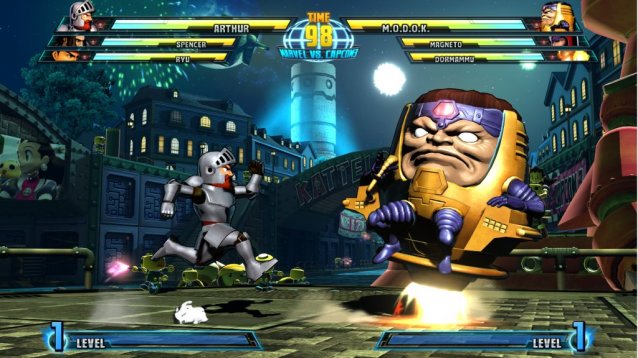
But don’t let my time investment fool you -- I’m absolute trash at this genre. I like working out the kinks in combos, but that doesn’t mean I can create entirely fresh or efficient ones -- in many cases, I’m trying to figure out how players I’ve watched do what they do. And even when I get a combo down pat, I can rarely apply it in a real match, offline or online. The combo I spent so much time on ends up not working on certain characters, and multiple screw-ups means I kill a character before I level up Frank, which makes me all the more nervous. Turns out choking under pressure applies to more than just exams.
The point of this self-deprecation isn’t to make me sound humble, but to show that even a lousy player can have fun learning how combos work in training mode, even if they don’t aim to apply them. But I’d be lying if I told you I didn’t occasionally pull something off and think I had the smallest chance of playing at a higher level. And it’s perhaps that aspect, that paradoxical sandbox with a goal, that attracts me to fighters more than real sandboxes like Gary’s Mod or the Sims. When I learn a new combo or setup, I feel like I’m ultimately working towards something. The reinforcement keeps me going.
As someone who uses fighting games as sandboxes, then, the improvements I want to see in the single-player content of fighting games is a more robust set of tools. Let me switch between characters on the fly without loading the character select screen. Let me load up and practice certain combos in training mode without having to switch to a game’s trial or mission mode. Integrate character-specific tutorials into training mode so I can learn characters without resorting to internet guides. Some games, like Skullgirls, are moving in this direction, but fighting game developers at large seem more focused on creating storylines and content akin to most single-player games, which usually doesn’t emphasize the actual fighting.
I understand that I’m in the minority. For most, playing through story mode or with friends for a night or two suffices. But if fighting game developers want players to stick around longer -- and possibly foster the kind of community that makes League of Legends and StarCraft so popular -- they need to do a better job of showing them how to play the game and pique their curiosity like sandbox games do. Simply encouraging the player to experiment with a fighting engine will teach them more about it, and, hopefully, let them apply that knowledge to real matches. But for now, I’m content to spend another fifty or so hours learning The King of Fighters XIII -- I’ve got some Joe Higashi combos to learn.

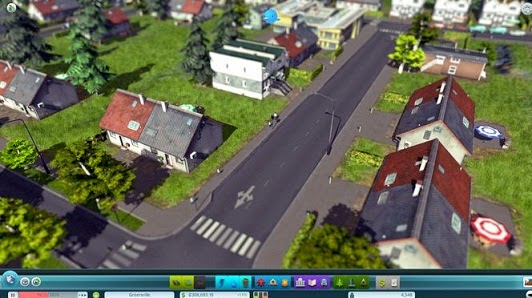
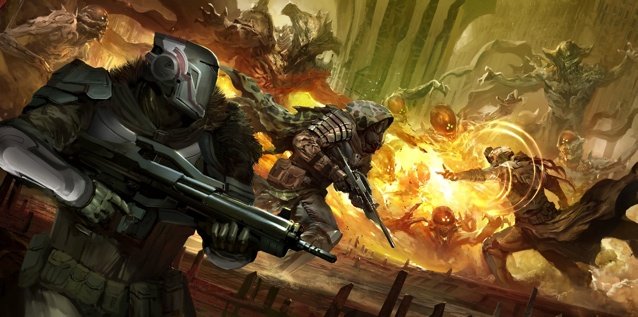

 Just Cause 3: How to Get the DK Pistol and Fill Heads With Helium
Just Cause 3: How to Get the DK Pistol and Fill Heads With Helium 15 Biggest WTF Moments in Video Games From The Current Generation
15 Biggest WTF Moments in Video Games From The Current Generation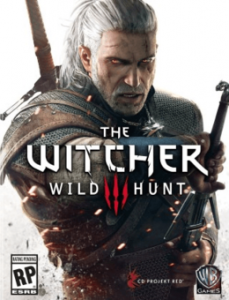 The Witcher 3: Wild Hunt Location Guide On How To Find Missing Bomb Formula
The Witcher 3: Wild Hunt Location Guide On How To Find Missing Bomb Formula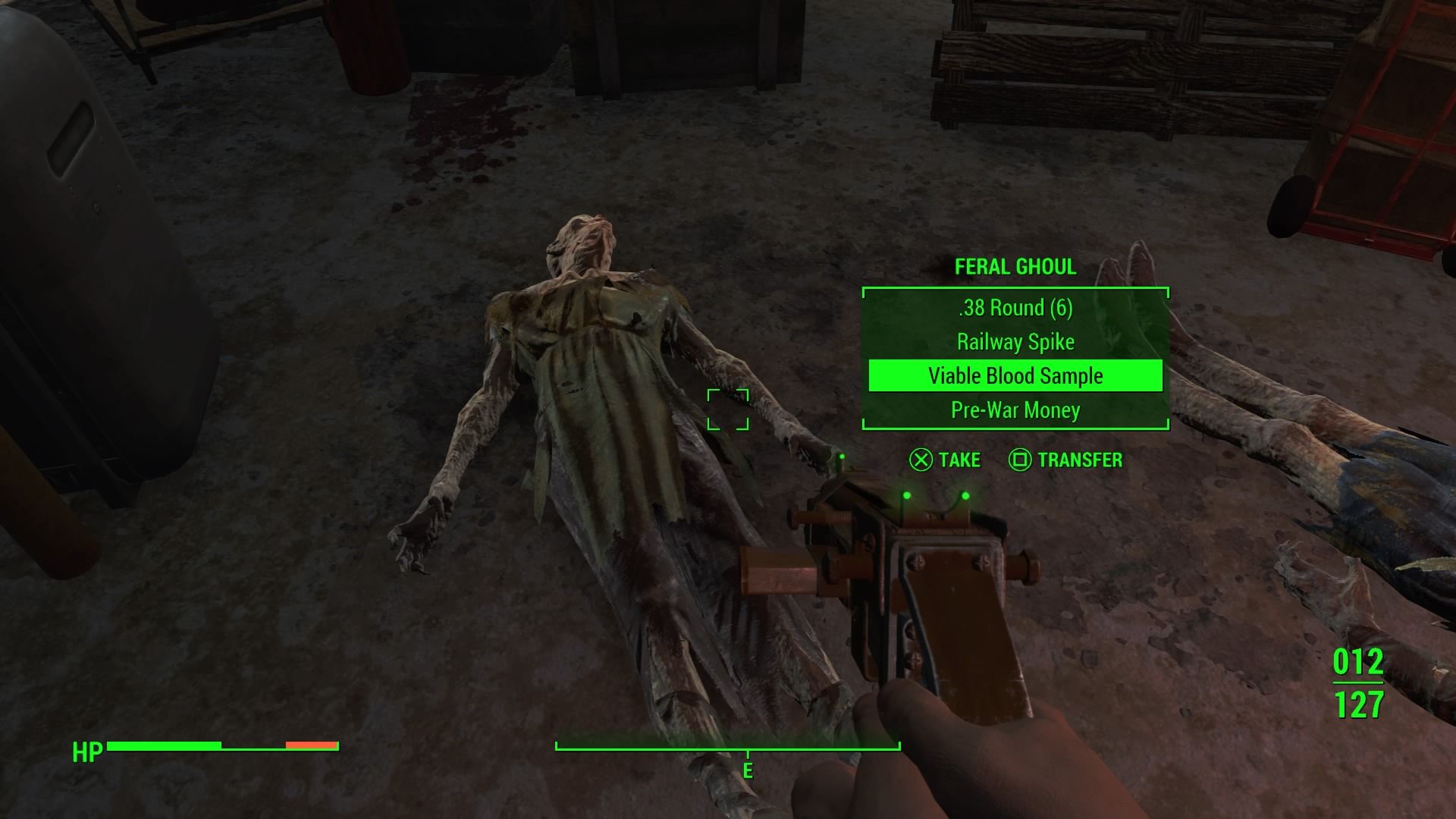 Fallout 4: Blood Bank walkthrough
Fallout 4: Blood Bank walkthrough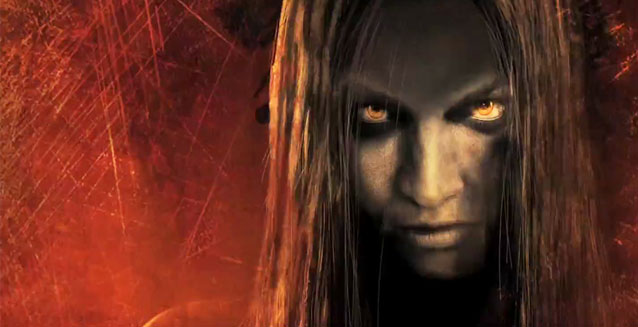 F.E.A.R 3 Review Round-Up: A Great Multiplayer Experience
F.E.A.R 3 Review Round-Up: A Great Multiplayer Experience